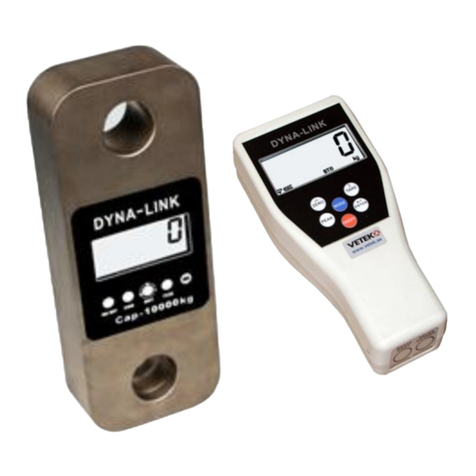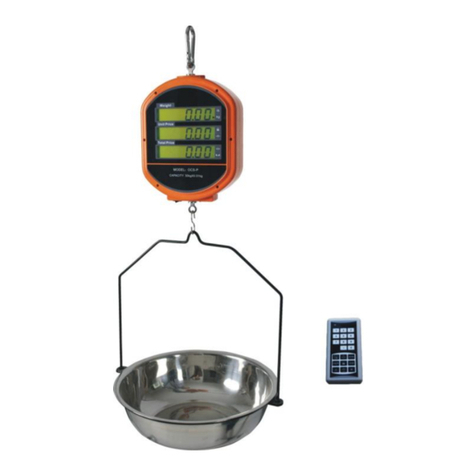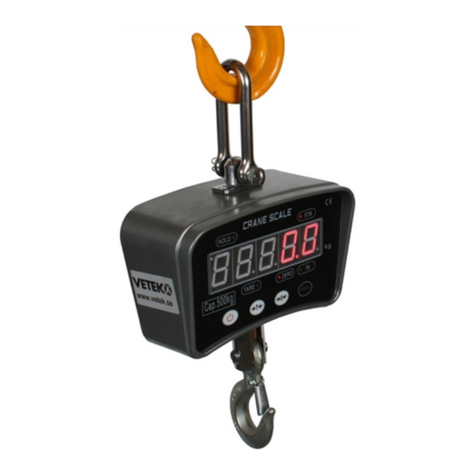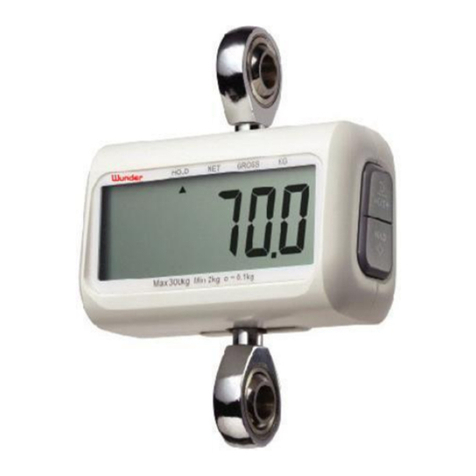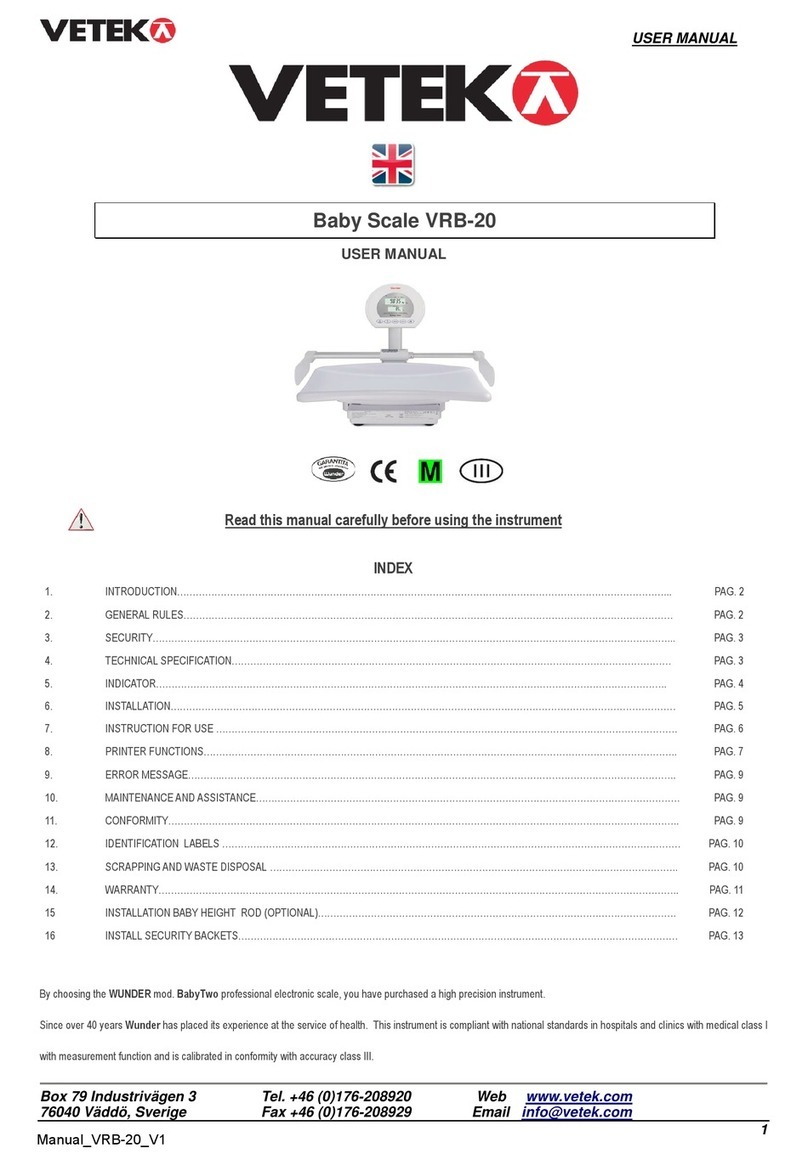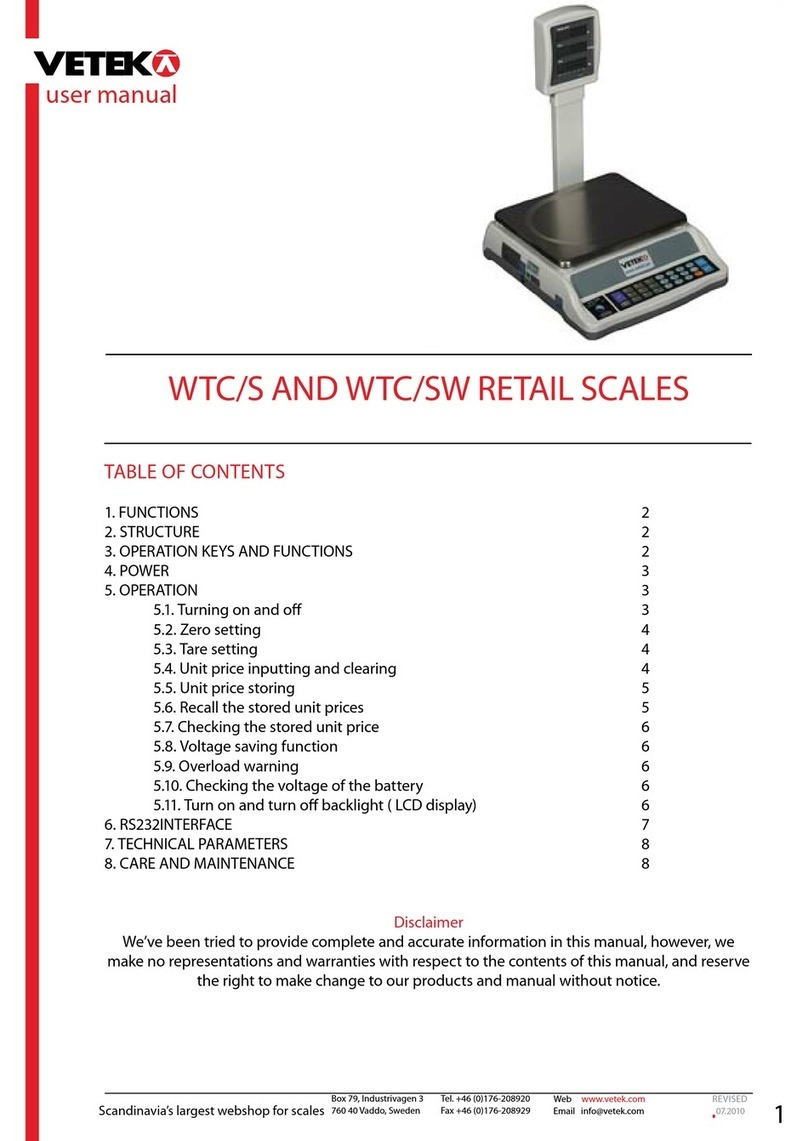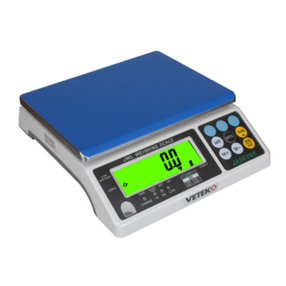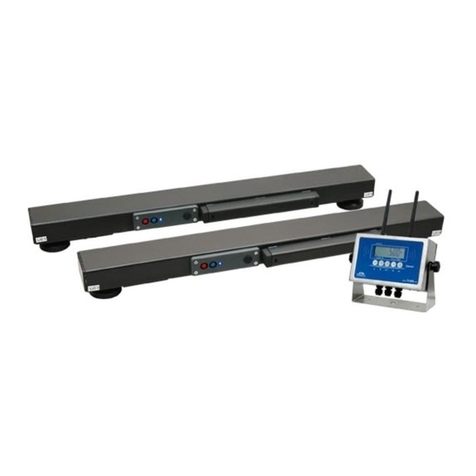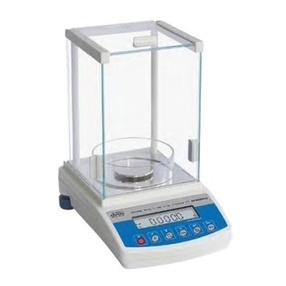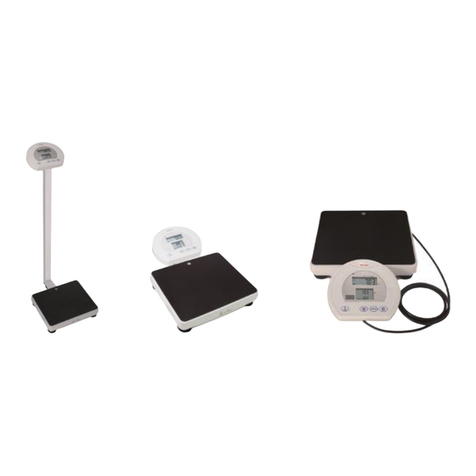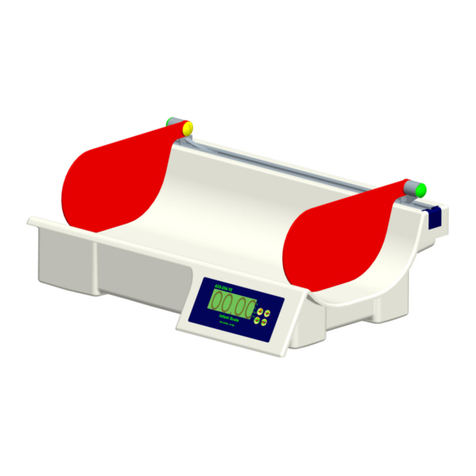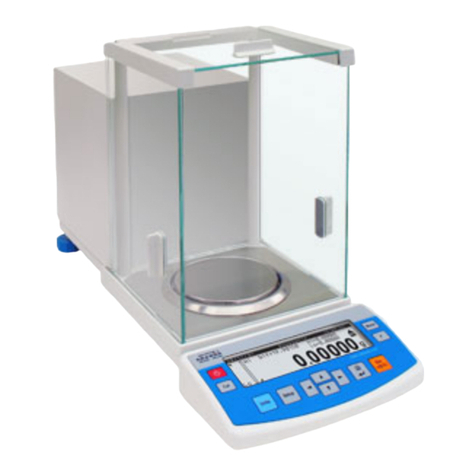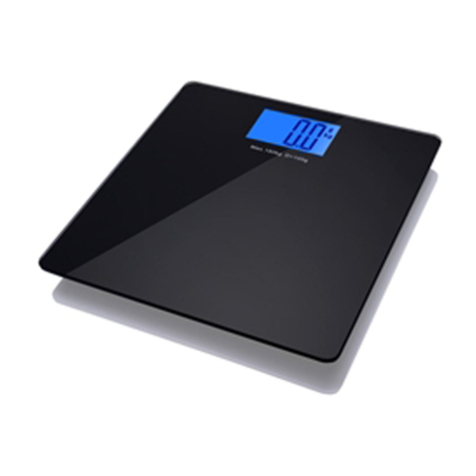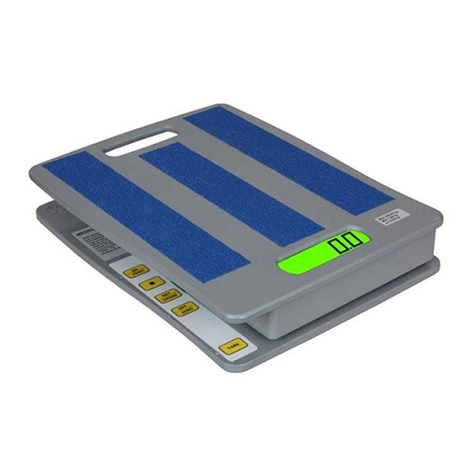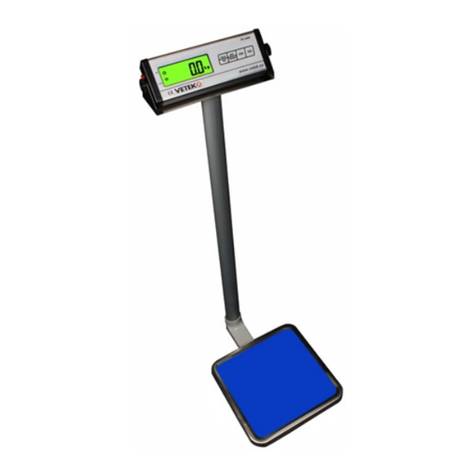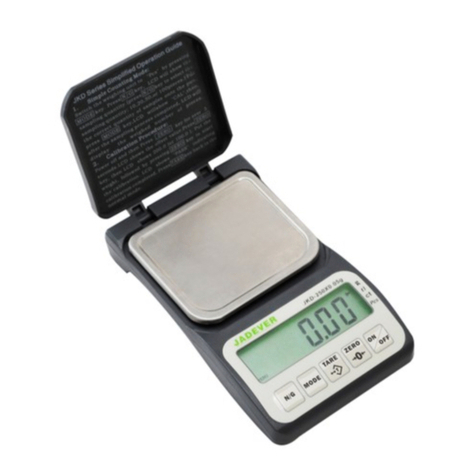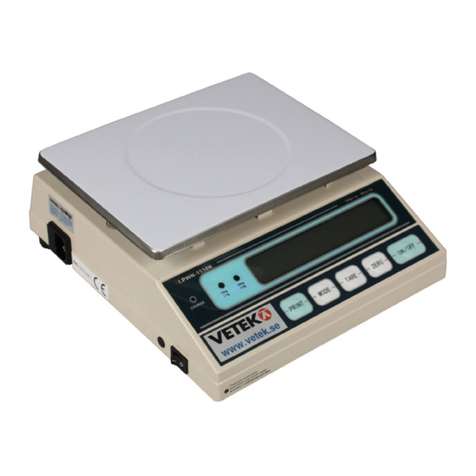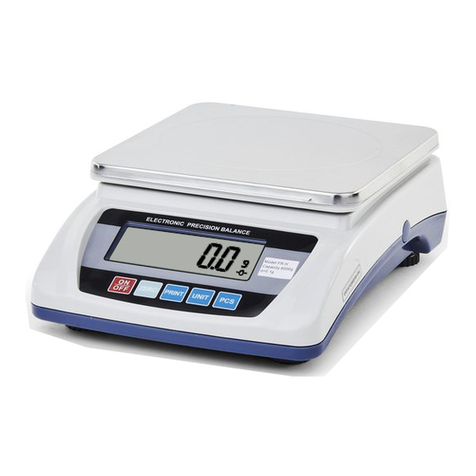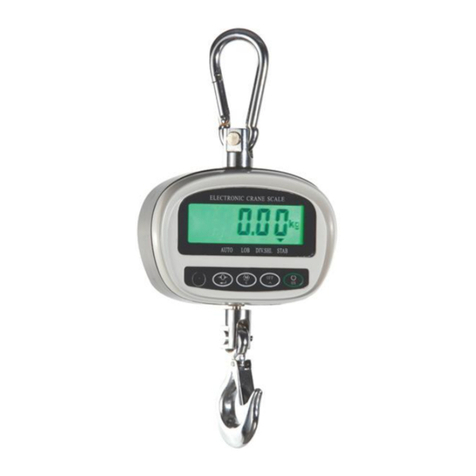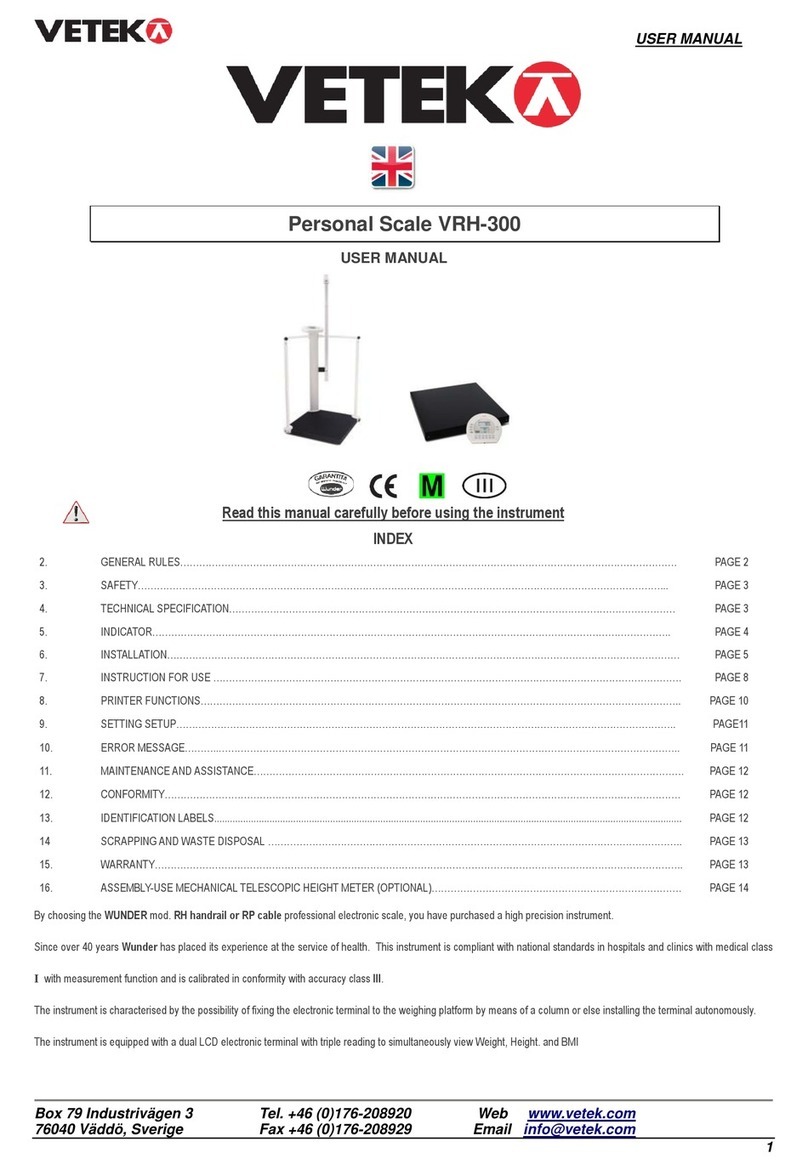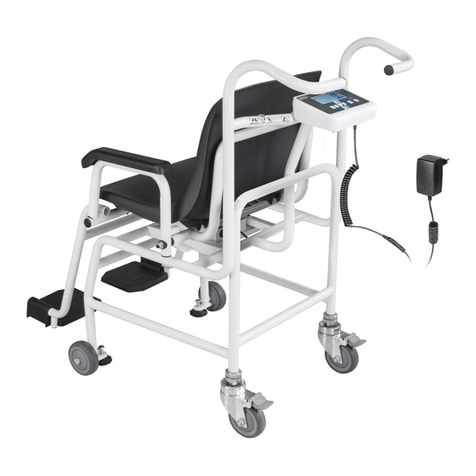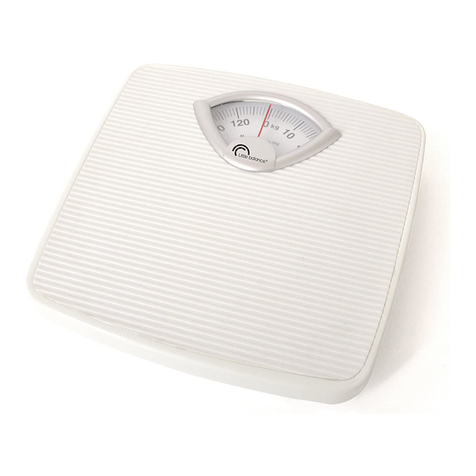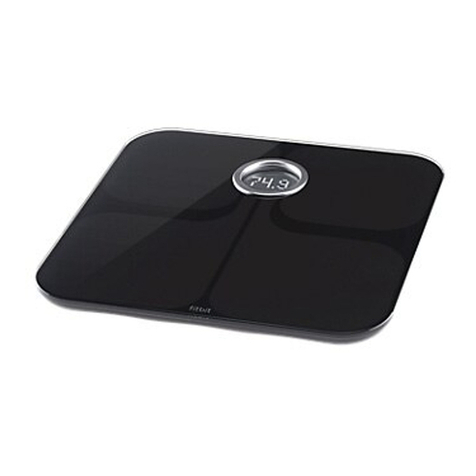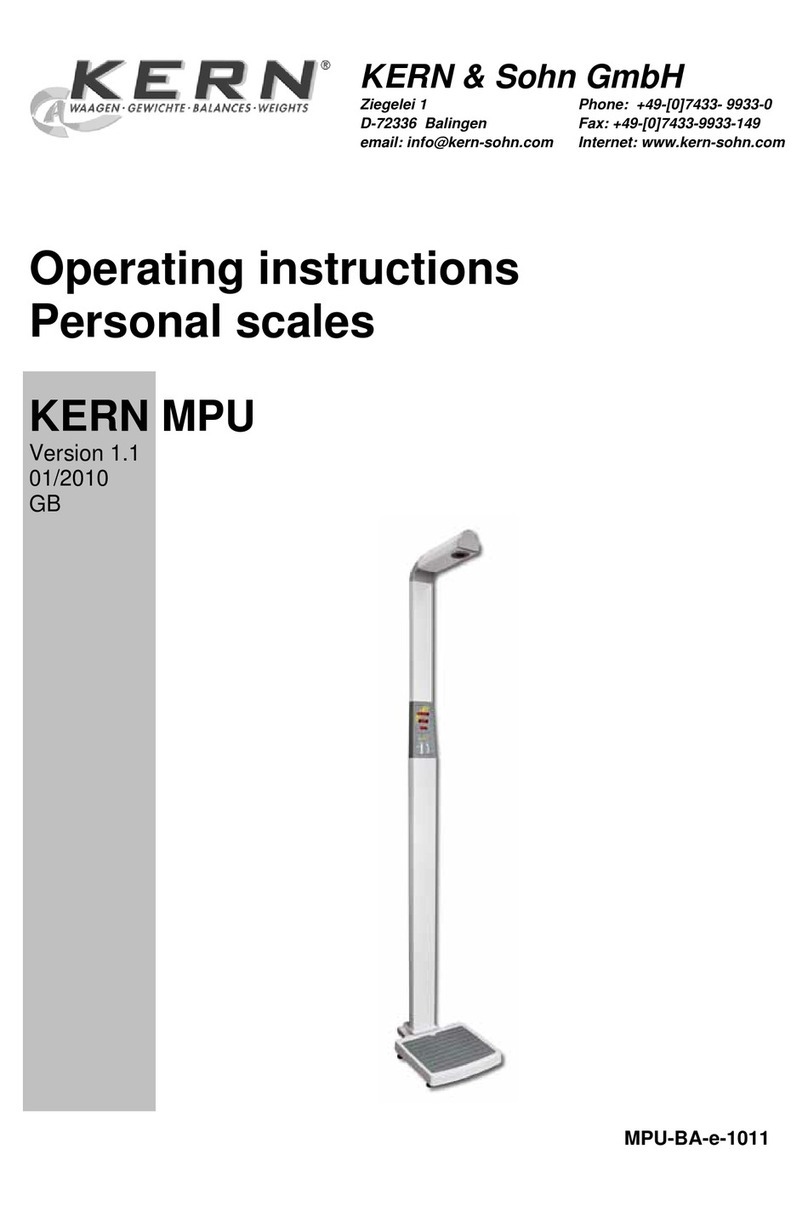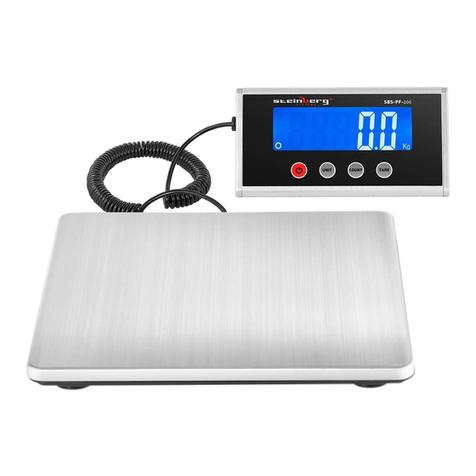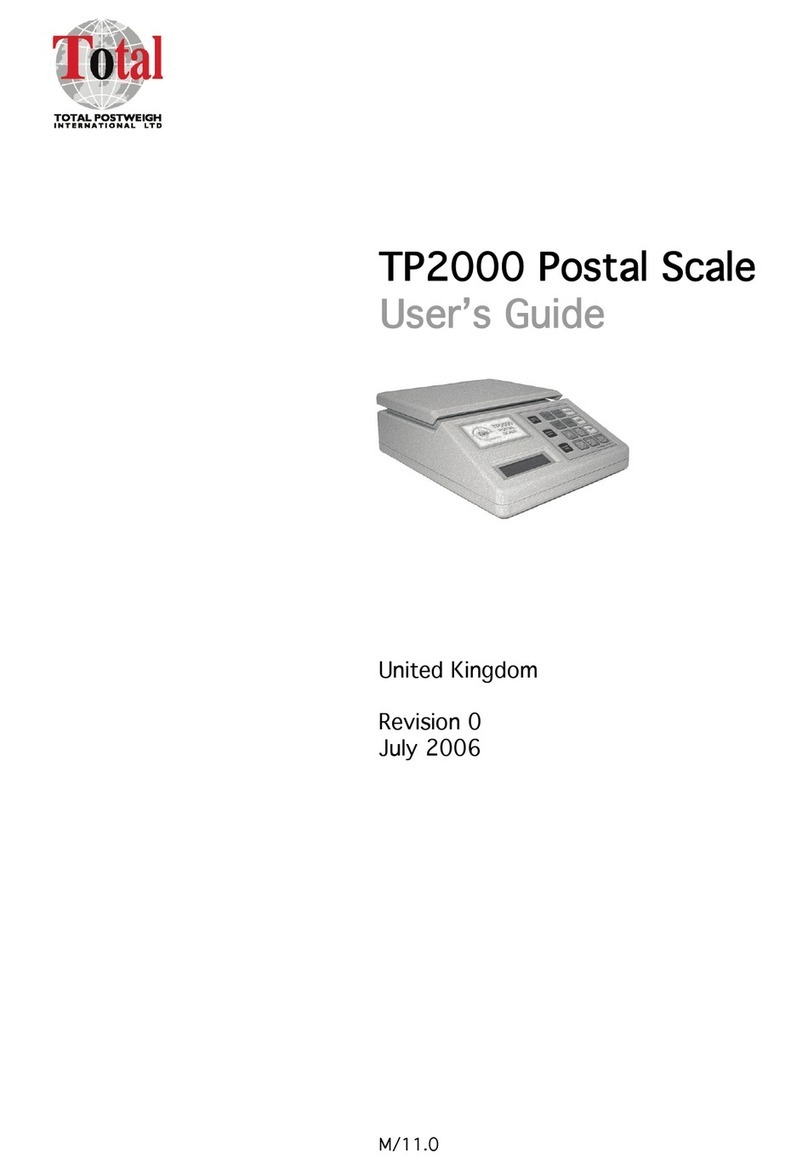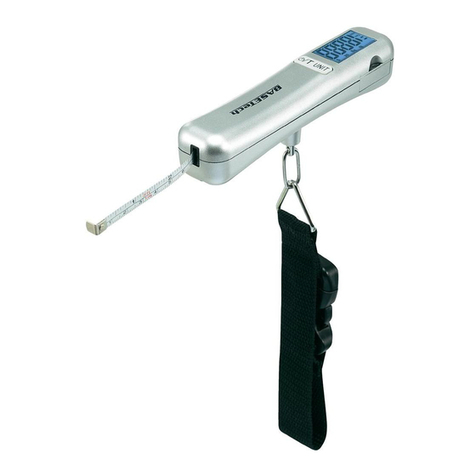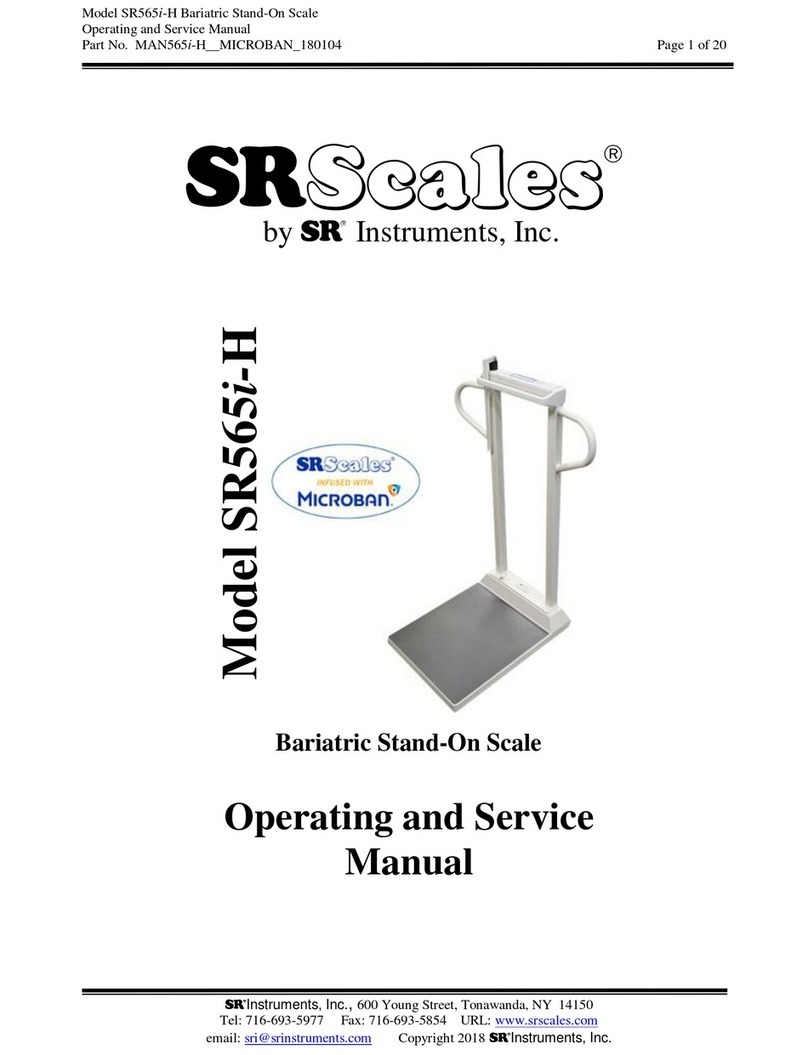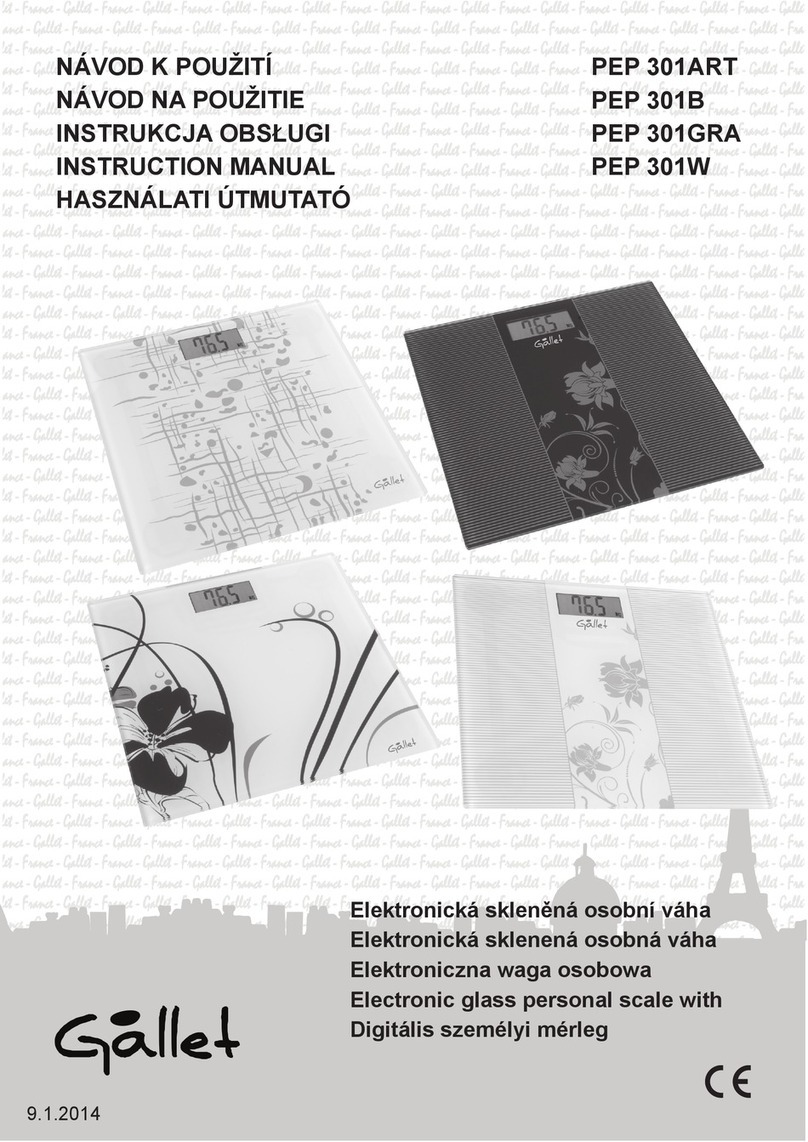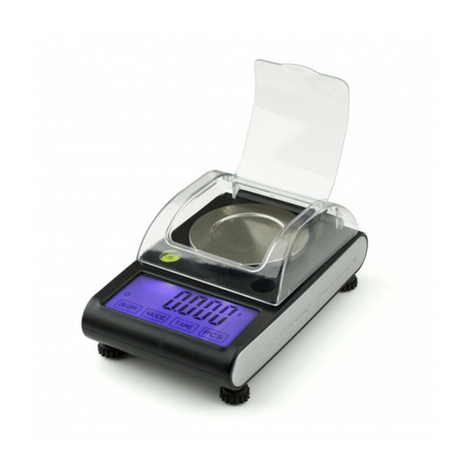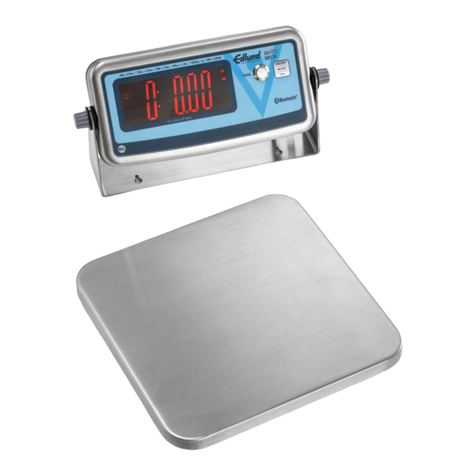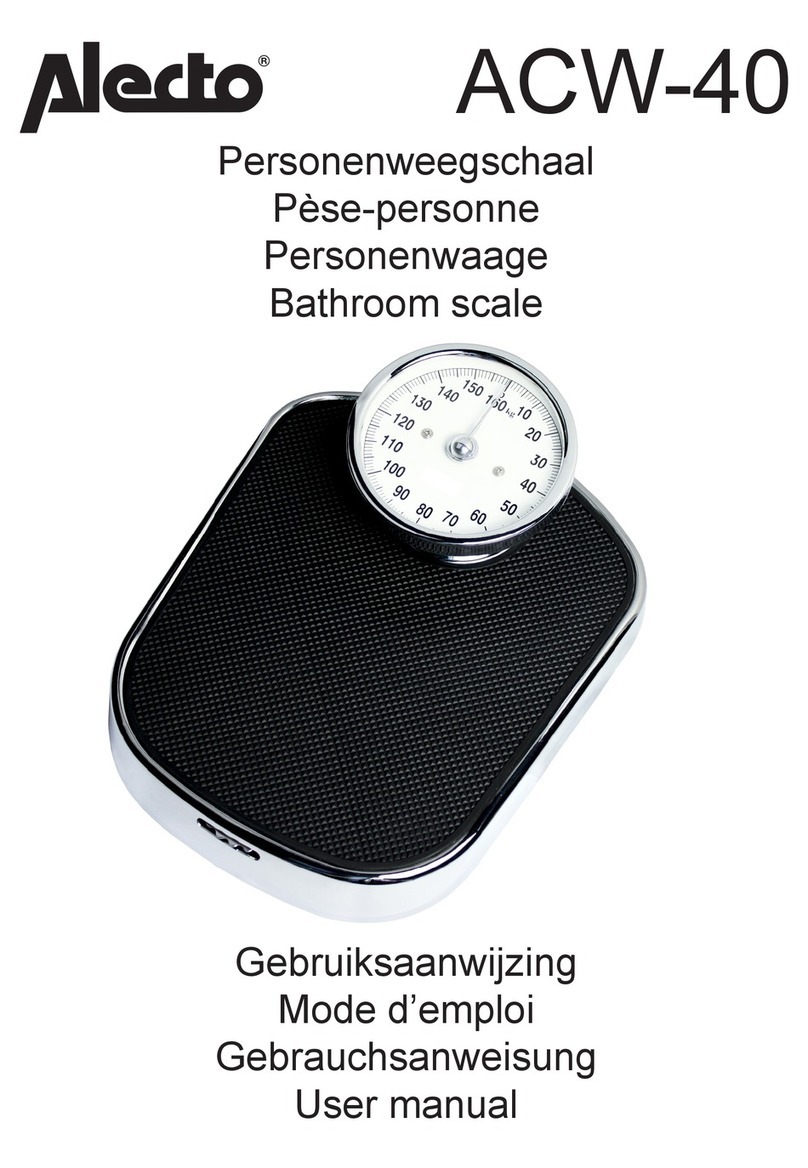- 3 -
TABLE OF CONTENTS
1. INTENDET USE..................................................................................................................... 5
2. PRECAUTIONS..................................................................................................................... 6
2.1. Maintenance .................................................................................................................. 6
2.2. Power supply ................................................................................................................. 6
3. WARRANTY CONDITIONS................................................................................................... 6
4. MAIN DIMENSIONS .............................................................................................................. 7
5. UNPACKING AND ASSEMBLY............................................................................................ 9
6. GETTING STARTED ........................................................................................................... 10
7. BALANCE LEVELLING ...................................................................................................... 11
8. KEYPAD .............................................................................................................................. 11
9. EYS’ FUNCTIONS ............................................................................................................ 12K
10. INSCRIPTIONS ON THE DISPLAY .................................................................................. 13
11. USER MENU ..................................................................................................................... 14
11.1. Submenus ................................................................................................................. 14
11.2. Brows ng user menu.................................................................................................. 15i
11.2.1. pad ............................................................................................................ 15Key
11.2.2. Return to the weighing mode .......................................................................... 15
12. WEIGHING ........................................................................................................................ 16
12.1. Tarring ....................................................................................................................... 17
12.2. Inscribing tare value .................................................................................................. 17
12.3. Zeroing ...................................................................................................................... 18
12.4. Weighings in two ranges ........................................................................................... 18
12.5. Selection of basic weight unit .................................................................................... 19
1
13. MAIN PARAMETERS........................................................................................................ 21
2.6. Temporarily selected unit .......................................................................................... 20
13.1. Setting a filtering level ............................................................................................... 21
13.2. Median filter ............................................................................................................... 22
13.3. Autozero function....................................................................................................... 23
1
14. RS 232 PARAMETERS ..................................................................................................... 25
3.4. Tare function.............................................................................................................. 24
14.1. Printout type............................................................................................................... 25
14.2. Minimal mass threshold............................................................................................. 26
14.3. Baud rate ................................................................................................................... 27
1
15. OTHER PARAMETERS .................................................................................................... 29
4.4. Serial transmission parameters ................................................................................. 28
15.1. Backlight function ...................................................................................................... 29
15.1.1. ing from mains.................................................................. 29Backlight for supply
15.1.2. Backlight for supplying from batteries ............................................................. 30
15.2. “Beep” signal – after pressing a key .......................................................................... 31
15.3. Automatic switch-off .................................................................................................. 31
15.4. Batter voltage level check........................................................................................ 32y
15.4.1. ..................................................................................... 32Checking the batteries
15.4.2. discharge pictogram............................................................................ 33Battery
15.4.3. ........................................................................... 33Accumulator charging option
15.4.4. Formatting rechargeable battery packs........................................................... 34
16. OPERATION MODES........................................................................................................ 35
16.1. Setting accessibility of operation modes ................................................................... 35
16.2. Selecting quantity of operation modes ...................................................................... 36
16.3. Counting pieces of the same mass ........................................................................... 37
16.4. +/- control referring to the inscribed standard mass .................................................. 39
16.5. Control of % deviation referring to the inscribed standard mass ............................... 40


